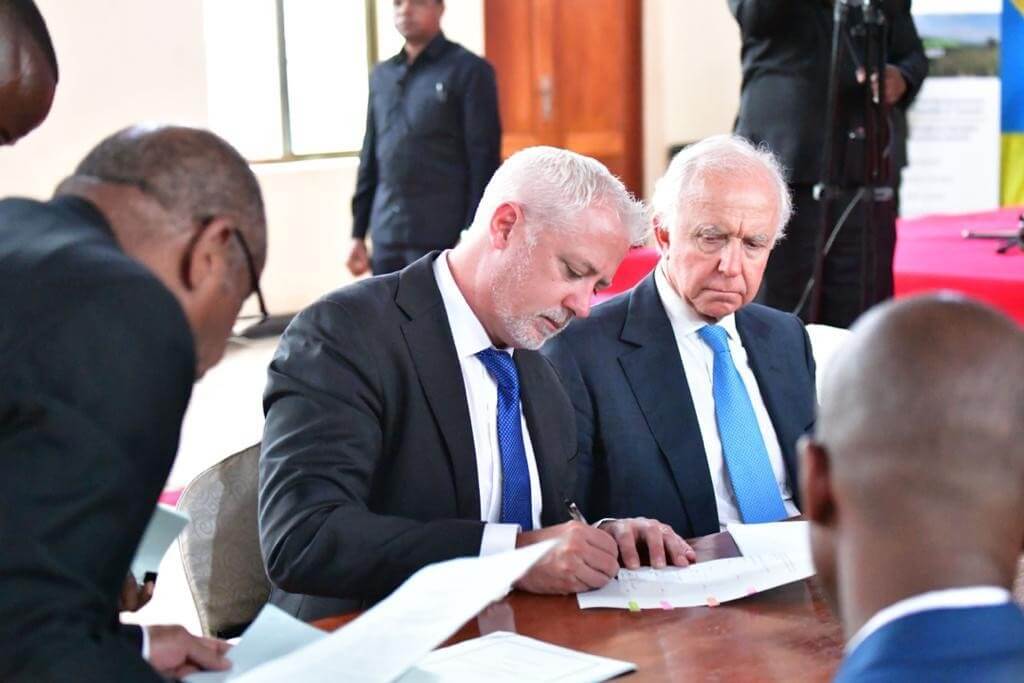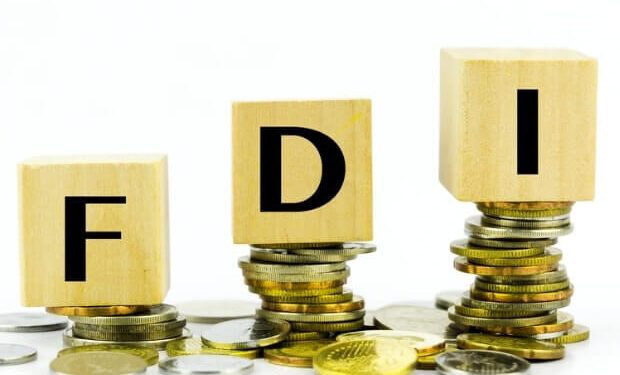Tanzania’s stock of Foreign Direct Investments (FDIs) flows rose by 34.6 per cent to an estimated $922 million (approximately 2.1trn/-) following a regime change that saw Samia Suluhu become the country’s first female president.

Tanzania FDI flows largely driven by development of a nickel project by UK-owned Kabanga Nickel for $318 million and investment in food and beverages industry by Associated British Foods (United Kingdom) for $238 million.
Tanzania last year enjoyed the lion’s share of FDIs inflows among EAC nations followed by Uganda while Kenya slightly Kenya lagged in foreign direct investor deals.
Kenya’s stock of foreign direct investments (FDIs) grew a modest 4.48 percent last year, largely signalling a slowdown in deals in ICT and project finance in infrastructure development, including oil and gas.
Findings by the United Nations Conference on Trade and Development (UNCTAD) suggest the total value of Kenya’s inward FDIs remained at a six-year low despite easing of the Covid restrictions which stimulated resumption of cross-border activities in other countries in the region.
The inward FDIs were estimated at nearly $10.46 billion in 2021, according to the UNCTAD’s World Investment Report 2022, barely unchanged from the $10.01 billion in the prior year.
Ethiopia the Chinese darling
Other countries which fall under East African region as per UNCTAD’s classification are Tanzania, Uganda, Ethiopia, Somalia, Mauritius, Eritrea, Djibouti, Seychelles, Comoros and Madagascar.
North-neighbouring Ethiopia, which has become a darling for Chinese and Turkish investors, continued to rule FDI flows in the region despite political conflicts between the federal government and Tigrayan forces.
Addis Ababa attracted $4.3 billion (Sh503.1 billion) or 52.4 percent of the flows into East Africa, more than nine times what Nairobi got despite Kenya being the anchor economy in the region.
“Four out of five international project finance announcements in the country were in renewables. For example, the Masdar solar project involves construction of a 500 MW solar power plant for $135 million [Sh15.79 billion] with Abu Dhabi Future Energy as a sponsor,” UNCTAD wrote in the World Investment Report 2022, published last Thursday.
Uganda — which is developing infrastructure for its crude oil resources — attracted an equivalent of 13.9 percent, or $1.14 billion (about Sh133.38 billion), of the FDI flows in the region, according to UNCTAD
South Africa bags half of inflows
South Africa, the continent’s most advanced economy, accounted for about a half of the value at nearly $40.89 billion (about Sh4.78 trillion) on “asset/liability basis”, a surge from $3.06 billion in the prior year.
“The total for the continent was inflated by a single intrafirm financial transaction in South Africa in the second half of 2021. Excluding that transaction, the increase in Africa is moderate, more in line with other developing regions,” UNCTAD wrote in the FDI report.
US remains largest recipient
The United States remained the largest recipient of the FDIs globally at $367 billion (Sh42.94 trillion) from $151 billion the year before on a boom in cross-border mergers and acquisition deals.
It was followed by China at $181 billion (Sh21.18 trillion) and Hong Kong at $141 billion (Sh16.50 trillion).
Globally, FDI flows amounted to $1.58 trillion (Sh184.86 trillion), a 64 percent jump over the pandemic year.
“The recovery showed significant rebound momentum, with booming merger and acquisition (M&A) markets and rapid growth in international project finance because of loose financing conditions and major infrastructure stimulus packages,” UNCTAD wrote.
Source: Business Daily







